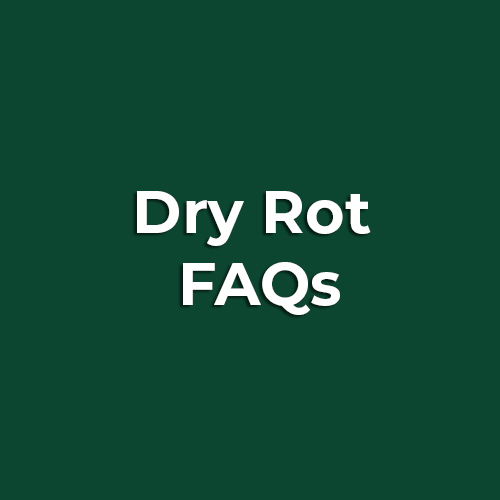How do you treat dry rot?
As with all types of fungal decay, the source of moisture must be found and removed. Any affected timber must be replaced, including materials that are up to 1m from the last point where dry rot is visible. Where masonry is affected, it is possible to sterilise these areas. This is achieved by drilling and injecting fungicide into the masonry.
Serpula lacrymans develops extensively on the surface of infected timber and in still, humid conditions produce a mass of cotton wool-like growth. Water droplets are often produced on the surface of the mycelium.
Mycelium spreads over the timber surface by the continued growth and branching of the delicate hyphal threads growing with time. Specialised strands develop within the mycelium and these supply water and nutrients to the growing fruiting bodies. The strands assume their real significance when the fungus spreads from infected timber onto the surface of adjacent stone or brick walls.

